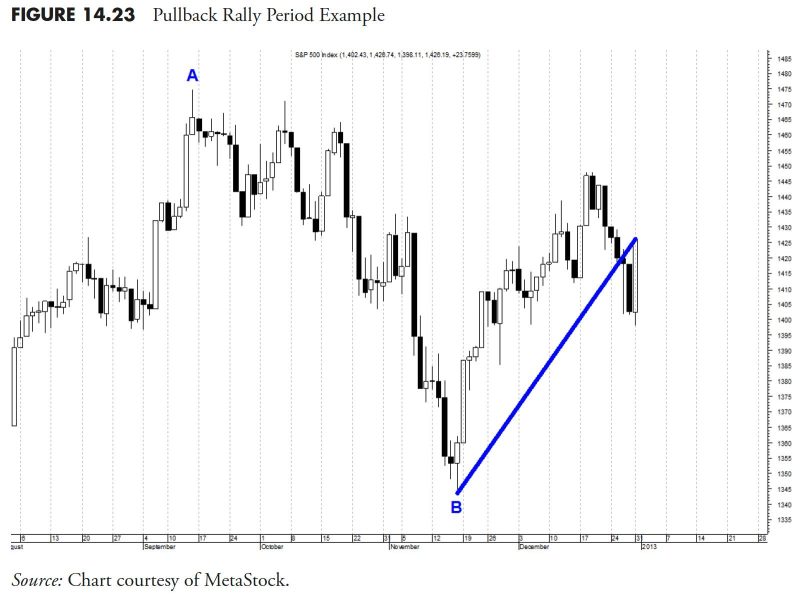In today’s dynamic financial landscape, security selection is a crucial aspect of money management that requires a disciplined approach and stringent guidelines. Efficiently selecting securities involves a blend of research, analysis, and adherence to predefined rules to optimize investment outcomes. This article delves into the essential security selection rules and guidelines that investors must follow to navigate the complexities of the market successfully.
1. **Risk Management:** One of the fundamental elements of security selection is risk management. Investors need to assess and quantify the risk associated with potential investments before making a decision. By considering factors such as volatility, liquidity, correlation to the market, and financial health of the company, investors can effectively manage risk and make informed decisions.
2. **Diversification:** Diversification is a well-known principle in investment management that involves spreading investments across different asset classes, industries, and geographic regions. By diversifying their portfolio, investors can reduce the impact of market fluctuations on their overall returns and potentially enhance long-term performance.
3. **Fundamental Analysis:** Fundamental analysis is an essential tool for selecting securities based on a company’s financial performance, industry position, and growth prospects. Investors can analyze key financial metrics such as earnings per share, revenue growth, profitability ratios, and debt levels to gauge the underlying value of a security.
4. **Technical Analysis:** In addition to fundamental analysis, technical analysis plays a crucial role in security selection by studying historical price movements and volume patterns to identify potential buying or selling opportunities. Technical indicators such as moving averages, relative strength index (RSI), and MACD can help investors make more informed decisions.
5. **Valuation Metrics:** Valuation metrics such as price-to-earnings (P/E) ratio, price-to-book (P/B) ratio, and dividend yield are essential in determining whether a security is overvalued, undervalued, or fairly priced. By comparing these metrics with industry benchmarks and historical averages, investors can assess the attractiveness of a security from a valuation perspective.
6. **Economic Outlook:** Keeping an eye on the broader economic landscape is crucial for security selection. Factors such as interest rates, inflation, GDP growth, and geopolitical risks can significantly impact the performance of different asset classes. By staying informed about macroeconomic trends, investors can adjust their security selection strategies accordingly.
7. **Monitoring and Review:** Once investments have been made, it is essential to continuously monitor and review the performance of the selected securities. By setting predefined criteria for when to sell or trim positions, investors can proactively manage their portfolios and react swiftly to changing market conditions.
8. **Adaptability:** Finally, in today’s fast-paced and ever-changing market environment, investors must remain adaptable and open to adjusting their security selection rules and guidelines as needed. Flexibility and the ability to recalibrate strategies based on new information can help investors stay ahead of the curve and capitalize on emerging opportunities.
In conclusion, effective security selection requires a disciplined approach, adherence to predefined rules, and a comprehensive understanding of market dynamics. By incorporating risk management, diversification, fundamental and technical analysis, valuation metrics, economic outlook, monitoring, and adaptability into their security selection process, investors can enhance their chances of success and achieve their long-term financial goals.




























